Introduction
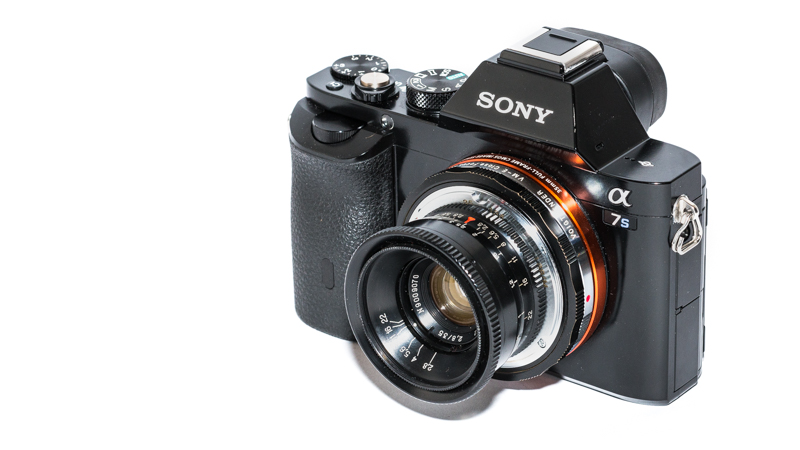
The Jupiter-12 35mm 2.8 is a copy of the Zeiss Biogon 35mm 2.8 and was produced in the UDSSR after WWII. The Jupiter lenses belong to the very few “lowcost” rangefinder lenses, but what do they have in store in terms of optical quality? Read on to find out.
Sample Images
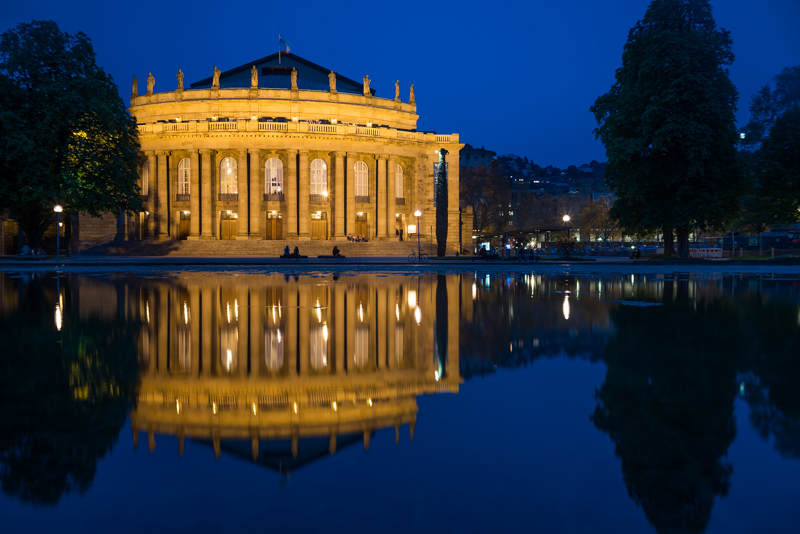
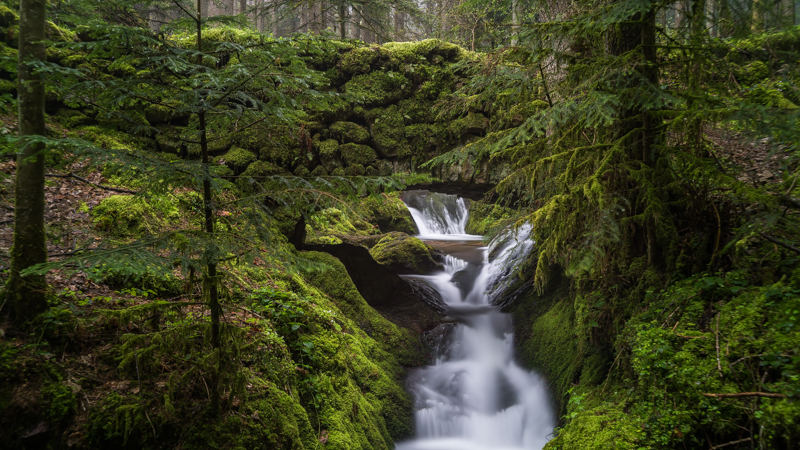
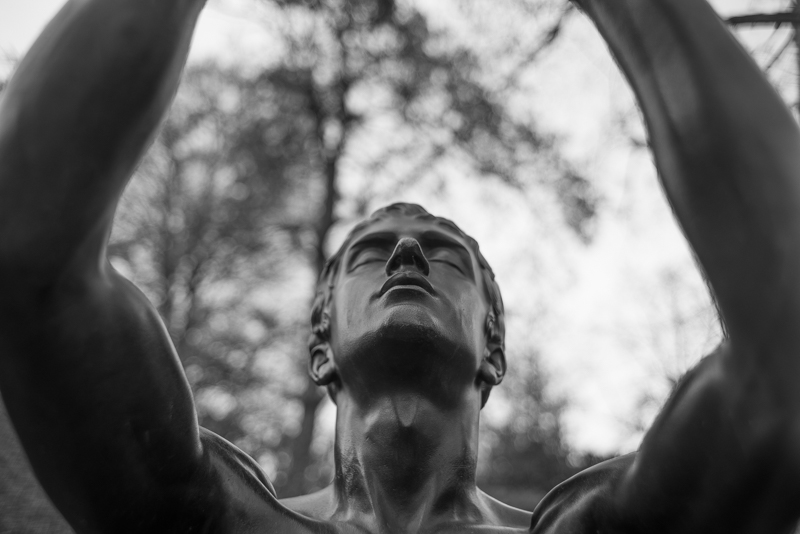
Specifications / Version History
The outer apperance of the lens has changed over time. Regarding the optics, early versions may actually use Zeiss glass that was produced in Germany and some later ones could have different coatings as well. So in case you are curious, take a look at the page sovietcams.com for additional coverage.
I am reviewing a quite late lens from 1990 here (the first two digits of the serial number are the production year, 90 in this case).
The review sample has the following specifications:
-
- Diameter: 50 mm
- Field of view: 63° (diagonally)
- Length: ~58 mm (only 29 mm from mount to front)
- Weight: 130 g
- Filter Diameter: 40.5 mm*
- Number of Aperture Blades: 5 (rounded)
- Elements/Groups: 6/4
- Close Focusing Distance: 1.0 m (with Helicoid 0.26 m)
- Maximum Magnification: ~1:25 (with Helicoid 1:5.0)
- Mount: M39 (aka “Zorki” or “Leica thread mount (LTM)”)
*) I bought a 40.5 mm adapter ring for my slot-in filtersystem but couldn’t mount it. I can’t assess if this is the lenses’ or the adapter’s fault, so keep that in mind intend you plan on using filters with this lens.
A Jupiter-12 in good condition usually starts selling for $80 at ebay.com (affiliate link). In Germany buying one in A-condition will set you back around 80€ at ebay.de
(affiliate link).
Handling / Build Quality
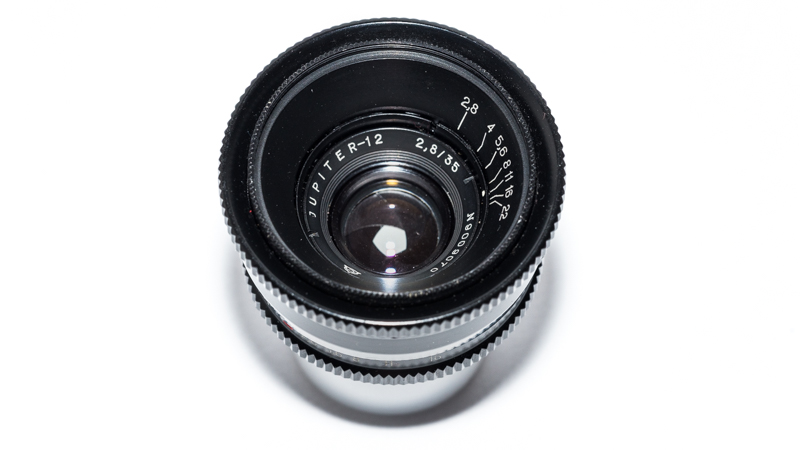
This lens is in really good condition and therefore the focusing ring (~120° from infinity to 1.0 m) as well as the aperture ring (~50° from f/2.8 to f/22, no click-stops) feel quite nice.
But there are some quirks you should know about: the aperture ring is inside the front barrel so to precisely set the aperture you have to take the camera down. The filter thread is part of the aperture ring, so when e.g. using a polarizer odds are you will change the aperture when turning the filter. A minimum focus distance of 1.0 m is certainly nothing to write home about either for a 35mm lens.
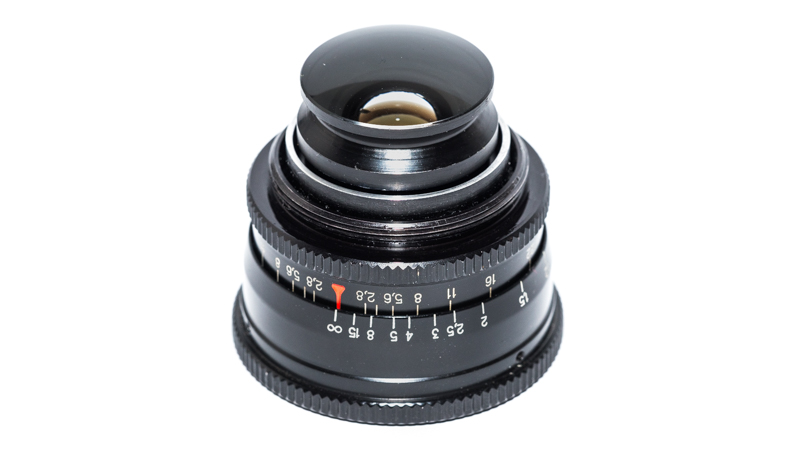
The exposed rear element is very odd looking and way bigger than the front element. The exit pupil is very close to the sensor and I got word you can’t mount this lens on the APS-C E-Mount cameras as the rear element collides with frame around the sensor.
In case you are interested in buying one of these lenses the best idea is to buy your lens from a trusted seller. I can recommened this ebay shop (affiliate link) where I have bought this very review sample.
Vignetting and colorcast
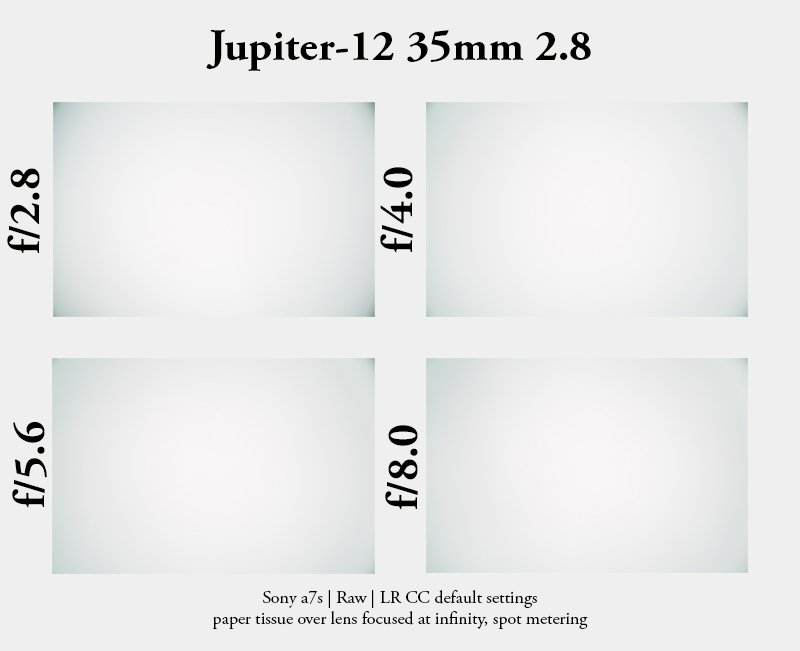
Vignetting is suprisingly quite low. The extreme corners suffer a bit at f/2.8 and f/4.0 but otherwise a pretty decent performance here.
Color cast on the other hand is definetly a problem with this lens and often visible in real world shooting. You can correct it in Lightroom with the use of gradients or with independent tools such as corner fix though.
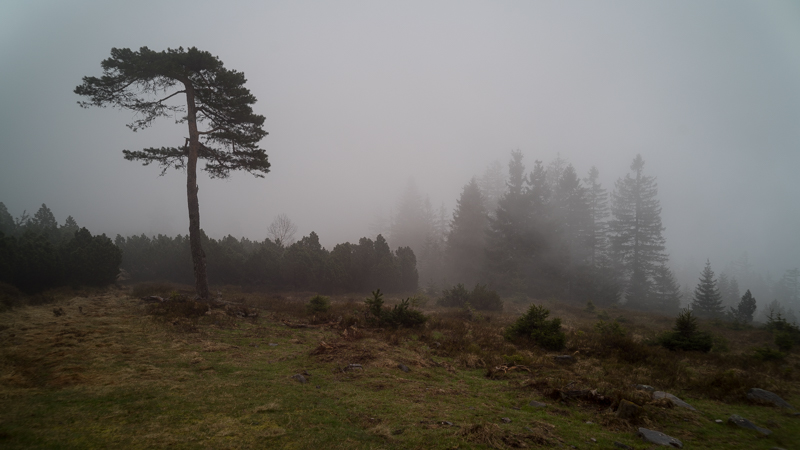
Sharpness
infinity
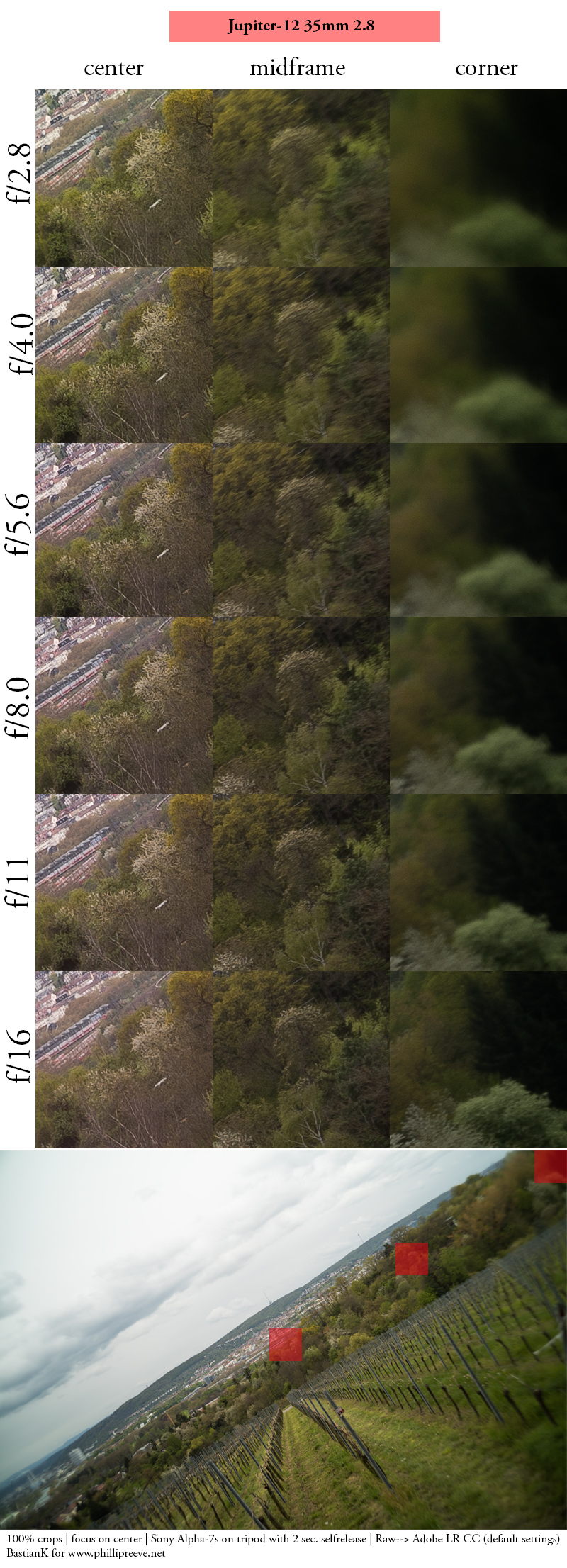
Center sharpness (and even contrast) is actually quite decent from the start, but due to massive field curvature it takes f/8 for decent midframe performance and f/16 for decent corners. I didn’t adjust focus for the different shots here, for even across the frame sharpness at infinity I found that when focusing at 5m stopping down to f/11 is “already” sufficient.
close focus
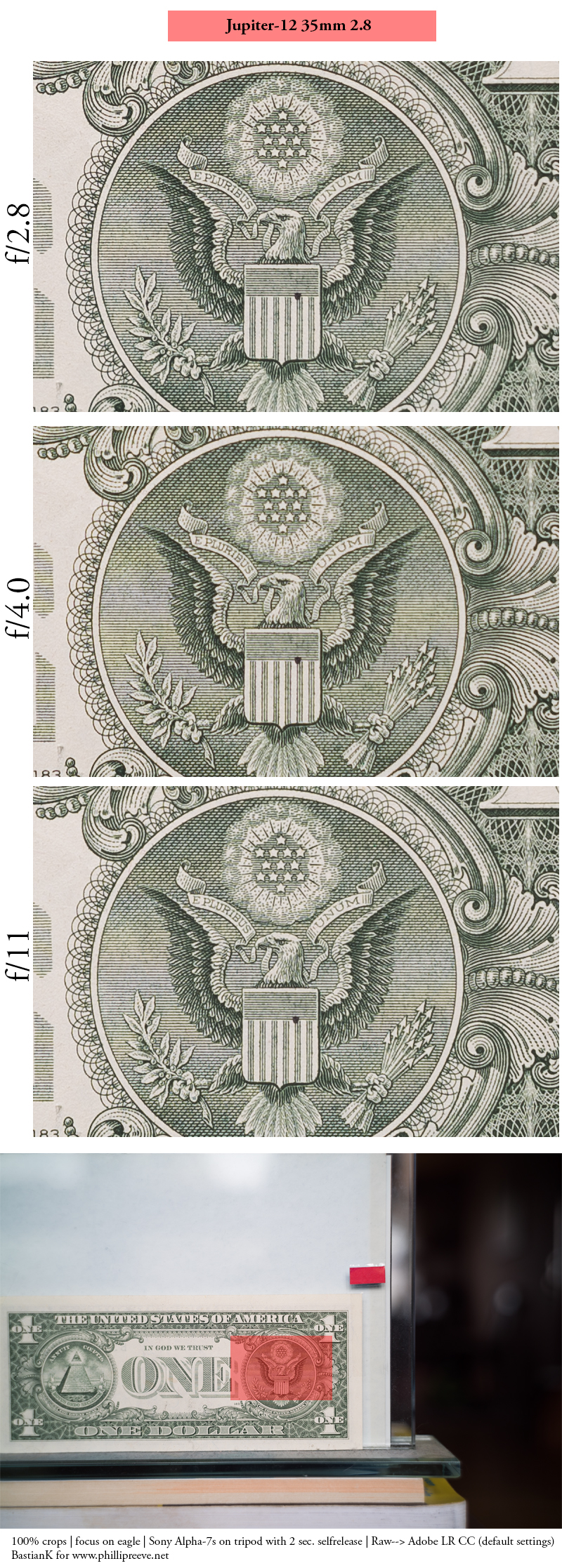
For these shots I was using the VM-E helicoid adapter at maximum extension (around 4 mm), so keep in mind you are looking at 100% crops of photos taken at the extended(!) minimum focus distance. The lens was never intended to be used at these distances and does not incorporate a floating elements design either, so I the very good performance regarding sharpness and contrast here suprised me. The center does not improve on stopping down whereas the corners need f/11 for decent performance.
Flare resistance
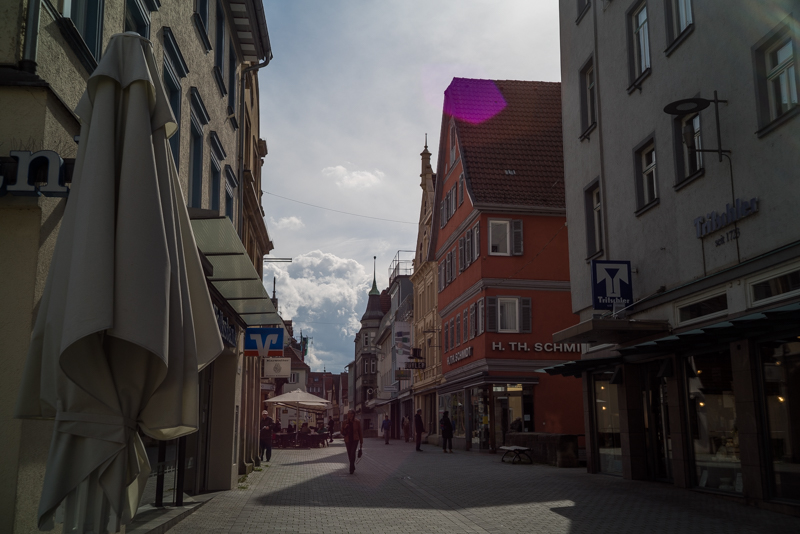
Despite the recessed front element having the sun outside the frame will still get you some ghosts and somewhat dampened contrast and saturation. With the sun inside the frame things only get worse.
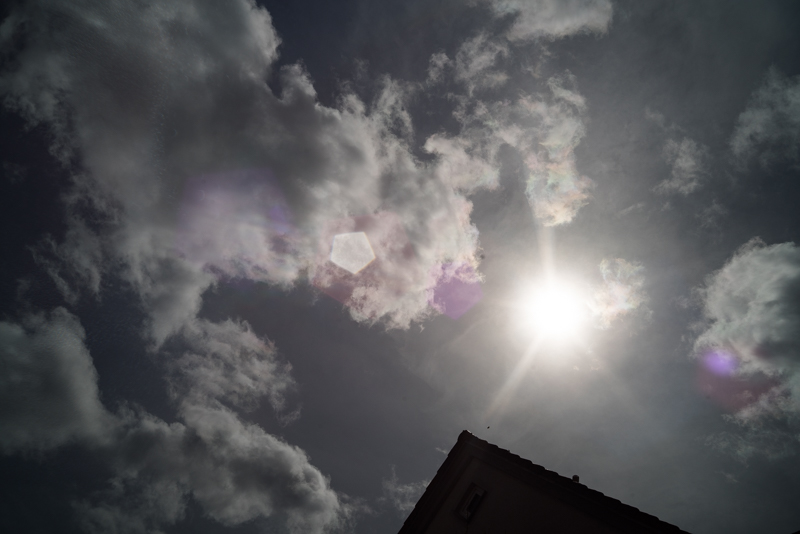
Coma
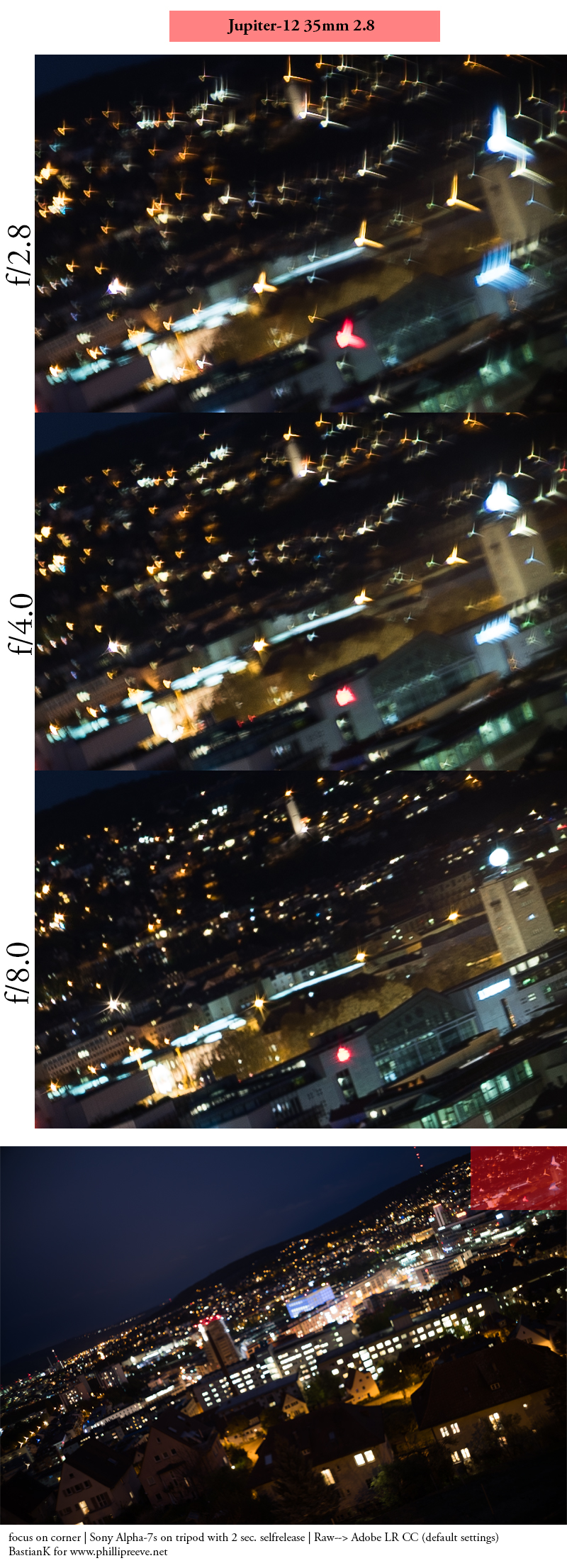
Coma correction wide open is really bad. It takes stopping down to f/8 for semi-decent performance here so therefore I would recommend shooting everything with point light sources near the corners at least at f/8.
Distortion
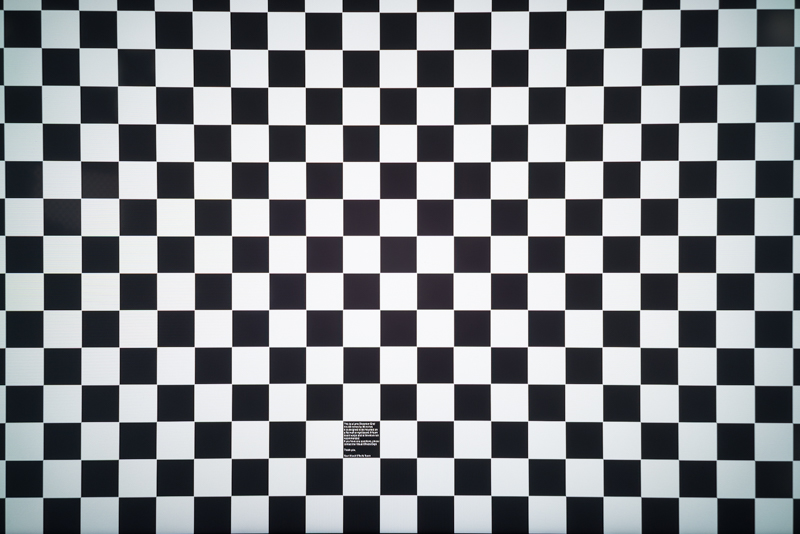
The Jupiter-12 has some pincushion distorion which is rather unusual for 35mm lenses. In architectural shots you will want to correct this (plug in “-3” with Photoshop or Lightroom).
Bokeh
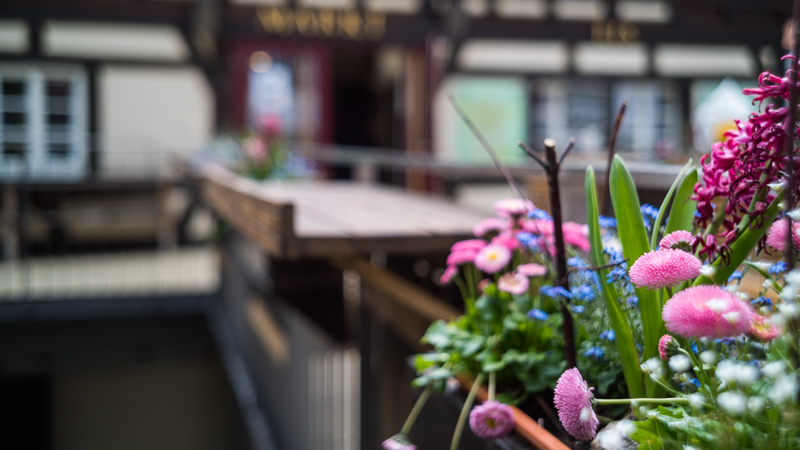
With 35 mm and a maximum aperture of 2.8 you have to get close to your subject for a blurred background (which is not an easy task without an helicoid adapter). The quality of the bokeh is mediocre, wide open there is quite some outlining which disappears on stopping down, but then the bokeh balls become pentagons.
Bokeh, f2.8 (before) / f4.0 (after)
Sunstars
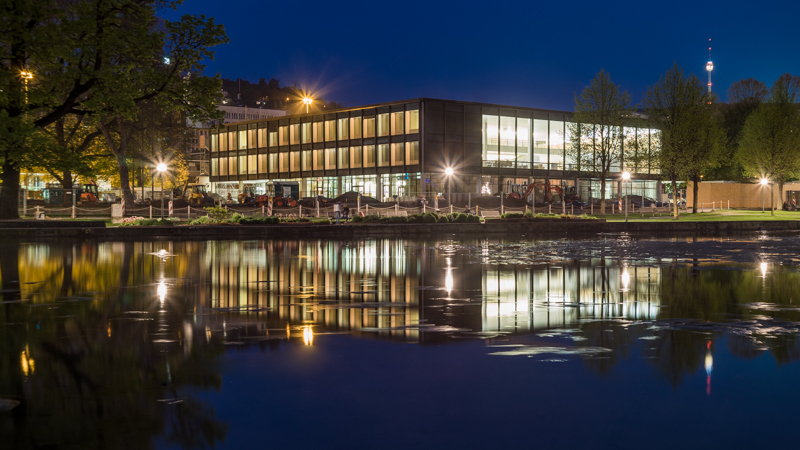
With 5 rounded aperture blades my expectations were somehat dampened but the 10 pointed sunstars do actually look quite nice.
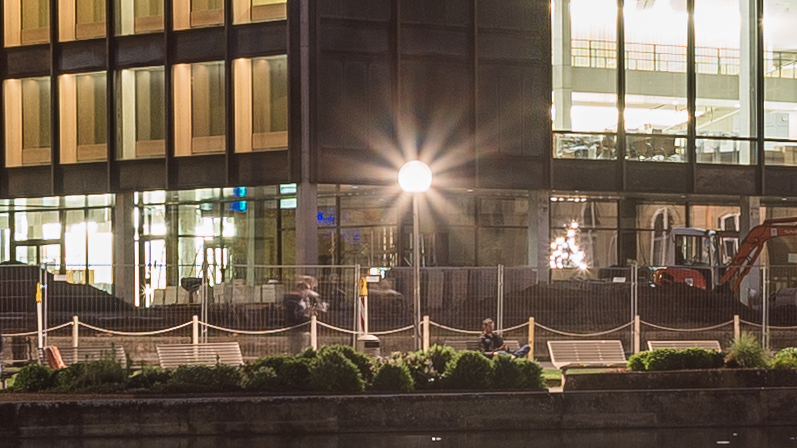
Chromatic aberrations
longitudinal
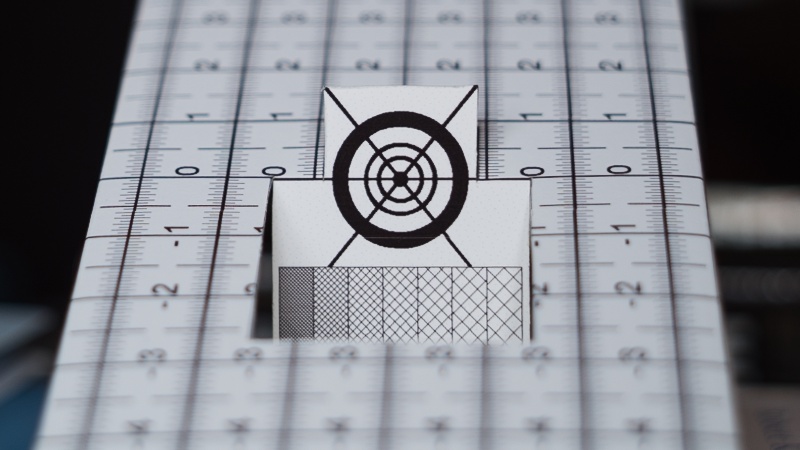
The loCA correction is very good, neither at the (extended) minimum focus distance nor at infinity I managed to produce them.
lateral
The correction of lateral CA is pretty good as well, as can be seen in the before/after example below.
Sony A7s | Jupiter-12 35 mm 2.8 | f/11 | CA 100% crop before/after corner
Alternatives
Zeiss Loxia Biogon 2.0/35 T* E – Although my review of this lens wasn’t 100% favourable this is a better lens in almost every regard (by almost I mean everything but price).
Voigtlander Ultron 1.7/35 – Although this lens shows strong field curvature as well it is still much less pronounced. One of the best compact 35mm options out there to mount on A7 cameras in my opinion.
Sony Zeiss Sonnar 2.8/35 ZA T* FE – This lens isn’t that much bigger and in case you rely on autofocus this is your cheapest 35 mm option for the A7 cameras right now (albeit I think it is pretty expensive for what it offers).
35 mm DSLR lenses – There are simply too much options here to cover them all but you may start taking a look at our Canon FD 35 mm comparison in case you are looking for a cheaper option.
Conclusion
good
|
average
|
not good
|
I must admit, driven by the unorthodox look of the lens and especially the small size I was eager to test it out. Unfortunately due to some of the handling flaws this lens wasn’t a joy to use. The optical qualities let me down some times as well, this lens is best shot at f/11, so on an overcast day or at dawn you better bring a tripod. What is very interesting is how sharp this lens is in the center at every aperture, just take a look at the moire in the sharpness close section, but considering all the slip ups, this certainly is not enough to hit the ball out of the park for me.
So, who is this lens for? I have a hard time recommending this lens to anyone. In case you are after one of the smallest and lightest 35mm lenses, you are on a tight budget and only want to use it stopped down to f/11, you may get by with it. Otherwise better look for alternative options.
This is one of the lenses best used on analogue cameras, where field curvature and color cast should not be an issue.
A Jupiter-12 in good condition usually starts selling for $80 at ebay.com (affiliate link). In Germany buying one in A-condition will set you back around 80€ at ebay.de
(affiliate link).
Sample Images
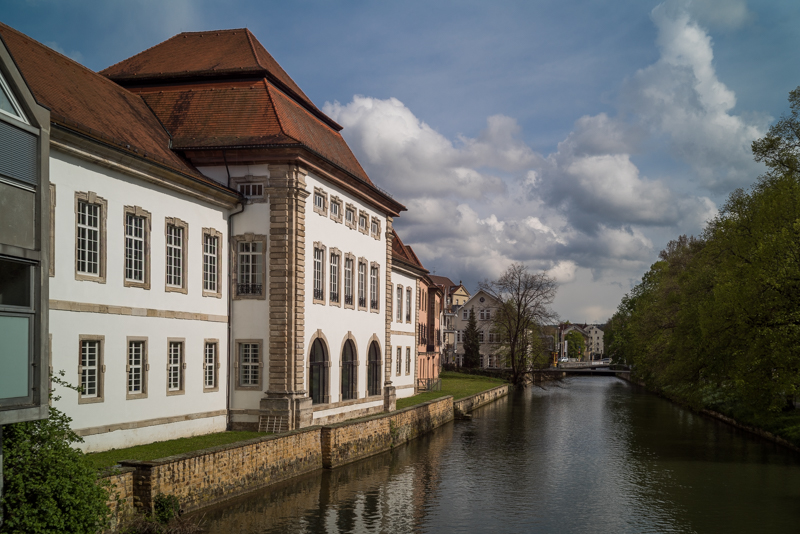
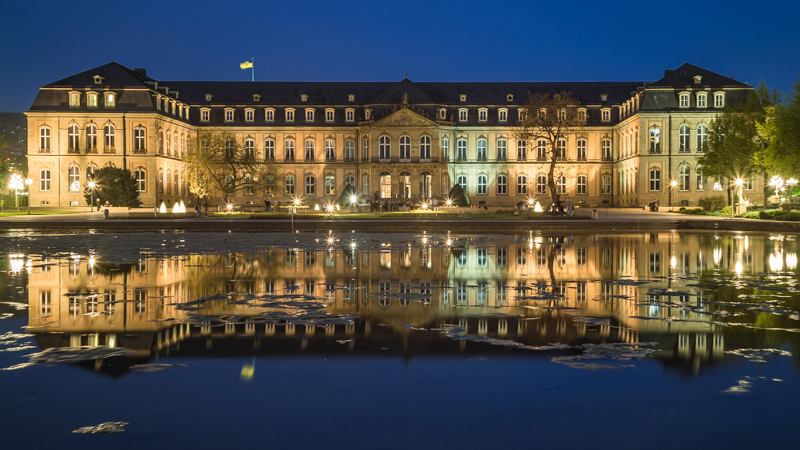
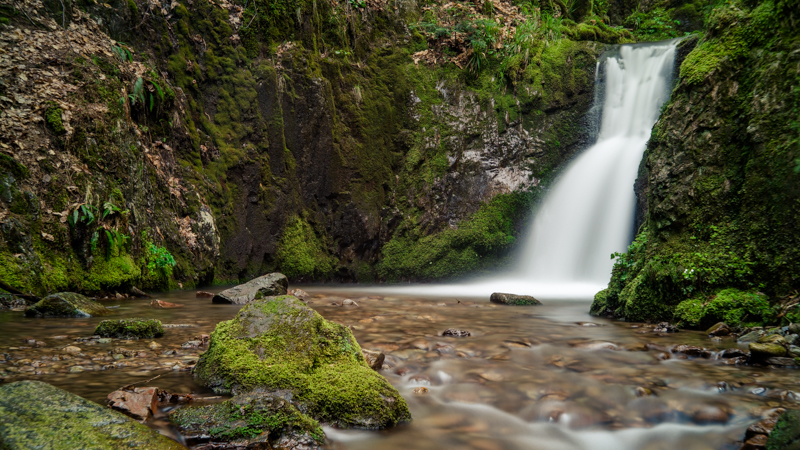
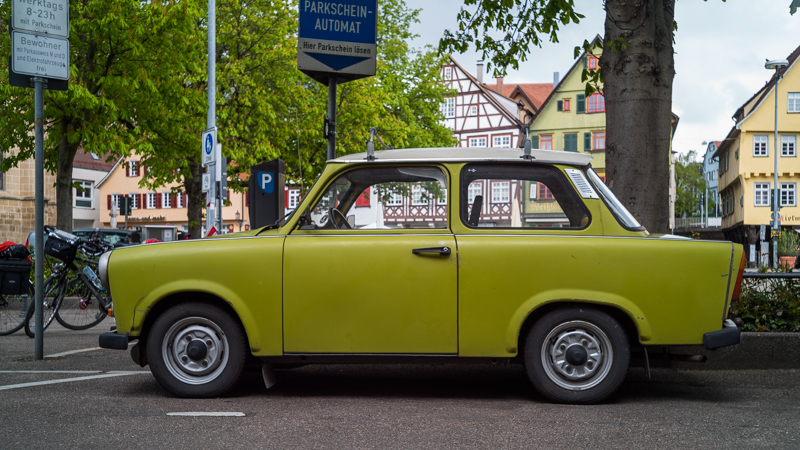
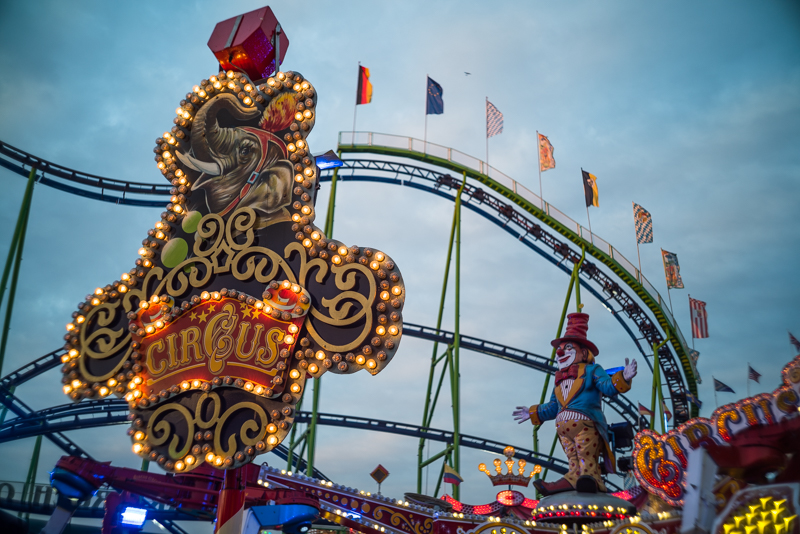
I have set up a flickr album which contains some shots taken with the Jupiter-12.
Support Us
Did you find this article useful or just liked reading it? Treat us to a coffee!
![]()
![]()
![]() via Paypal
via Paypal
This site contains affiliate links. If you make a purchase using any of the links marked as affiliate links, I may receive a small commission at no additional cost to you. This helps support the creation of future content.
Latest posts by BastianK (see all)
- Review: SLRmagic 50mm 0.95 Hyperprime LM - July 5, 2025
- Full Resolution Pictures getting fixed - July 4, 2025
- Analogue Adventures Part 42: A wedding with Eastman Double-X 200 - July 2, 2025




Thanks for your J12 review – I collect and use FSU lenses – just bought Sony A7II to use my KMZ 1955 Silver J12 – will use your review to make my own tests
You are invited to share your experiences and photos with your lens then!
I have ’63 year silver version Jupiter 12 “Made in USSR” engraved on body, is it safe to use with standard L39-NEX ebay adapter at close infinity or at infinity position, I’m afraid because shutter is nearly rear element.
I measure, at infinity position lens go 11mm inside body, but inside body at this 11mm all is on shutter area..
please, any info is welcomme.
I have only used this lens with the Voigtlander VM-E close focus adapter (which worked without problems) so I can’t comment on other adapters, sorry!
Thanks for answer Bastian,
please i have two questions, first and second landscape photo on the top of this page is taken with close focus adapter , jupiter 12 M39 screw mount ?
Second question, how to use adapter for Leica M mount with Jupiter M39 screw mount ?
You are welcome.
All photos in this review have of course been taken with the Jupiter-12 shown above (M39 screw mount).
For attaching the lens to the Voigtlander VM-E close focus adapter I was using some generic 10$ M39 -> Leica-M adapter like this one http://amzn.to/2dHUqzo.
The Voigtlander VM-E close focus adapter also allows to take photos at infinity setting, it has a helicoid built in to be able to reduce the minimum focus distance, but only in case you wish to do so (this is what makes it so expensive).
I know many cheaper adapters are a little too short, the manufacturers play safe here to be sure the lens can be focused at infinity. This is not the case with the Voigtlander adapter, it replicates pretty much the exact flange distance as a Leica camera would have.
I have also had good experience with the Fotodiox Pro adapters, which are expensive but not as expensive as the Voigtlander: http://amzn.to/2dauzAQ
Thanks Bastian, now, is quite clear 🙂
This adapters is very good, work very well in combination with jupiter 12, not lost infinity and good close focus.
In my case with ceap adapter M39 Leica LTM (ebay 3-4$), rear element on Jupiter 12 is very close to the sensor, not touch it. I measured relation mount-inside area, but 1-1.5mm is critical because shutter working in this position…
Shutter to touch rear glas element is not a good idea, would probably broke..
I confirm this lens will not mount on APSC eg a6300. My LTM version couples on Leica rangefinder, but don’t yet know if focus is accurate.
This lens performes so much better with a film. It’s not a good choice for a digital cameras. (It’s a problem of many old, wide angle lenses).
Totally agree this lens performs very well on a camera it was made for.Mine sits on a Kiev 4 and does a sterling job I must say.Horses for courses.
Exactly what I thought. The problem is that with it‘s tiny distance from the sensor lightrays off the center hit the sensor in a very sharp angle. This causes a lot of vignetting and probably sharpness issues either.
Mine is a 1962 version on a7R with L39-NEX adapter. The coloured vignettes is prominent in all outdoor photography and does not compliment to the image. However the character of the Jupiter 3 is a gem
Hi
Anyone knows if i can use this lens on a contax g1 pr do i need an adapter
Thank you
You can’t use it on one, even with adapter.
Hi Phillip, recently I’ve got this Jup-21 lens. I would like to use it with my Sony A7 with standard L39-NEX adaptor (no helicoid). May I ask you whether will be any problems with touching the A7 sensor or not?
Thank you for your comments
Frank
There are notable manufacturing tolerances with adapters.
If you have another lens focus it at true infinity.
If true infinity is at the infinty mark the adapter has the correct length and there should not be a problem with Jupiter-12.
hello compared to industar 69 which is recommended? especially for sharpness and contrast?
Have no experience with that lens, sorry
The Industar 69 is a scam. It’s being sold a lot as a m39 lens now, but it’s a 39mm screwmount for an obscure half-frame and it doesn’t focus right or couple with the rangefinder properly on a m39. Do not buy it!
Is there any comparison of this copy with the actual original lens that it copies, the Biogon 35mm pre war?
None that I am aware of. Performance on the Sony sensor is so bad and handling is also very bad in general so I did not waste more time investigating this lens.
I own a Jupiter 12, evidently a 1979 (according to the serial number tip you gave). I bought it very cheaply on eBay in great condition, not a scratch and no dust or fungus. I use it on a Sears Tower (Nicca) Type 3, it also works on my Zorki 4. It won’t work on my Canon P nor my Leica CL according to the notice that was included by a past owner (thank you very much whoever you were), the lens would be damaged by the Canon and the CL would be damaged by the lens! Something for people to bear in mind if they intend on buying one. That is something I would HIGHLY recommend, buying I mean. As you can see by your examples, the lens sharpness is superb, the small amount of distortion is quite tolerable and the boken is brilliant. A top notch lens over all.
Not sure if the above question has been answered Phil but I have a Sony A7r FF – would it be safe to use on this camera without touching the sensor ? otherwise I can keep it for my Kiev film camera
You can use it, but it is an even worse performer on that camera. Not worth it.
Je possède le Jupiter 12 de 1957. Sur mon Sony a 7, il fait des photos superbes. Il est vrai que je ne photographie que la vie de tous les jours.
Translation:
I have the Jupiter 12 from 1957. On my Sony a 7, it takes great pictures. It is true that I only photograph everyday life.
This is the kind of lens that suggests that sometimes everything is not the sum of its parts, and that metrics don’t tell the whole story. I have never used it, or any other lens, for landscape or architecture shots. But for environmental portraits it has a kind of magic that metrics won’t ever show. It has something that makes people beautiful. Until metrics find a way to quantify “human beautification factor”, it will be hard. I imagine Hendrix’ tube amp guitar sound must rate badly in terms of quality of an audio signal. In this case, I just never came back from a session without a great picture made from it. 7artisans 35mm f/2 is the closest I saw from a contemporary lens, without some of the drawbacks. And yes, this lens looks beautiful on film, or maybe it’s just that people don’t expect certain things from 35mm film.
The review is great as always, Bastian.
Jupiter 12 is not a good choice for a digital camera! Just because it’s rear element is so close to the sensor, and sensor is not flat – it causes such a blurry image, especially on the edges. But try it on film – film is flat and Jupiter 12 become a very well performer.
This lens is perfect for someone looking for a budget 35mm rangefinder lens with which to shoot film. In 2021 you can still find these lenses for under $100. Essentially every other 35mm LTM lens option out there costs multiples of what the Jupiter 12 costs. The Canon 35mm f/3.2 costs at least $200. The Canon 35mm f/2.8 costs at least $250. The Canon 35mm f/2 and the Voigtlander 35mm f/2.5 Color Skopar cost at least $300. Any lens with Leitz in the name costs at least $400. Is the Jupiter 12 great for adapting to digital, probably not. But if you can adapt and shoot this lens on a crop sensor mirrorless camera, you’re using only the sharpest part of the lens anyway, getting riid of the worst parts of the image circle this lens produces. I know the Jupiter 12 is not as good as any of these other lenses I listed. But are some of these lenses really going to be 3 or 4 times better for 3 or 4 times the cost? I’m dubious. FWIW, I own a Jupiter 12 from 1977 that I use on my Canon 7 and Zorki 4 rangefinders and I’ve been more than happy with the results.
I have recently acquired one of these for myself to use on a future film body if I find one that I’ll like.
I have also adapted it on A7RIV, using a 7Artisans Close-Focus adapter.
It’s still available for around $100.
I love how this lens looks stopped down! Would make for a nice collectors item. I wonder if it would benefit from a PCX filter. What do you think? 🤔
Rear element is as close to the sensor as that of the Hologon.
Not sure a PCX filter would be sufficient here.
Thanks for the advice. I always deeply respect your expertise and insight
I am a bit curious how the lens performs on a camera with thin filter stack or film, but the ergonomics are so bad, I don’t see myself getting another one 🙂